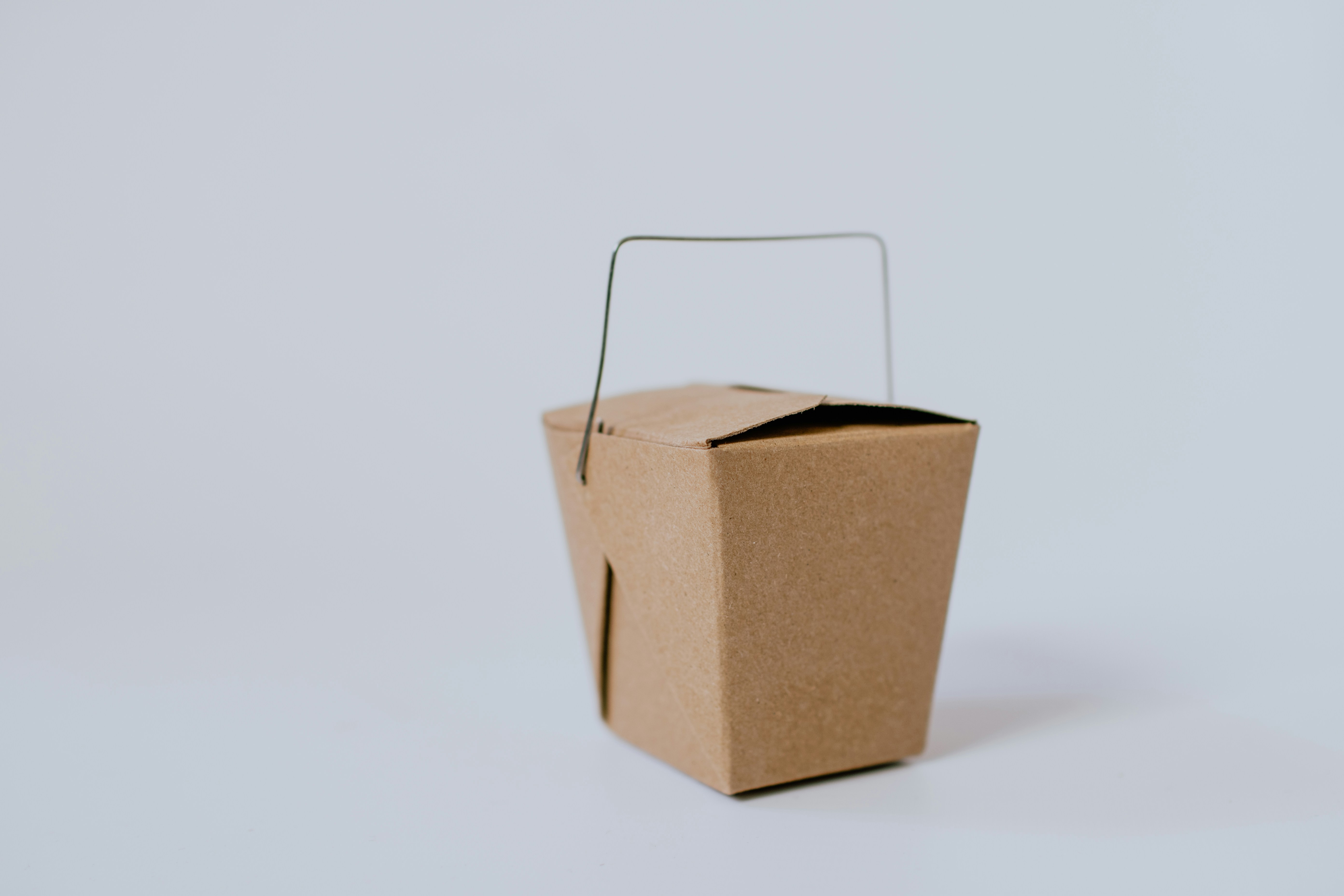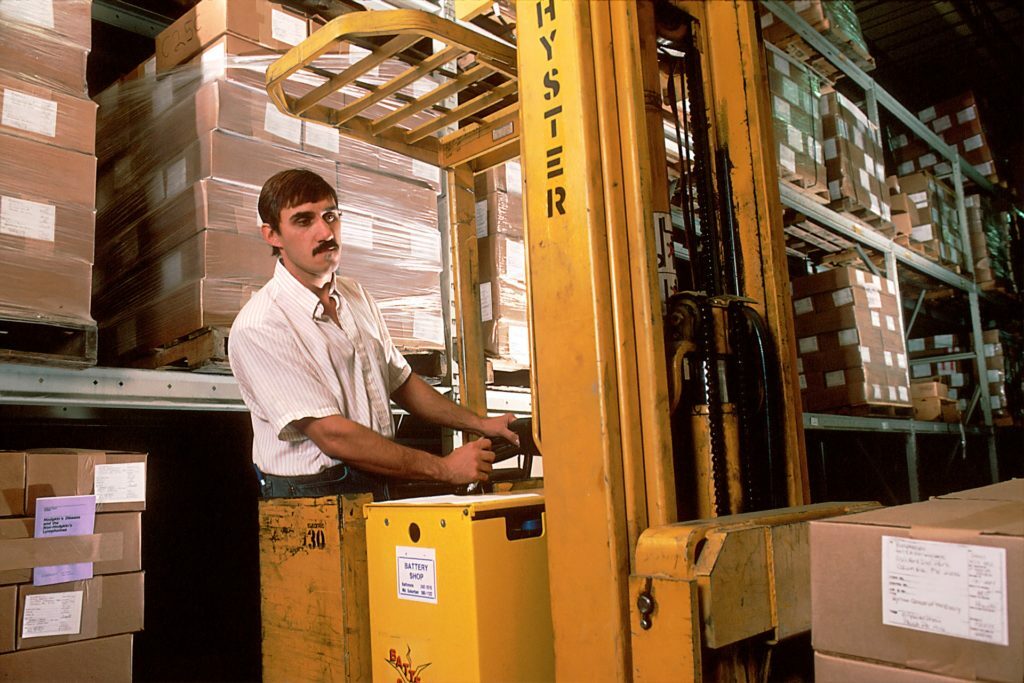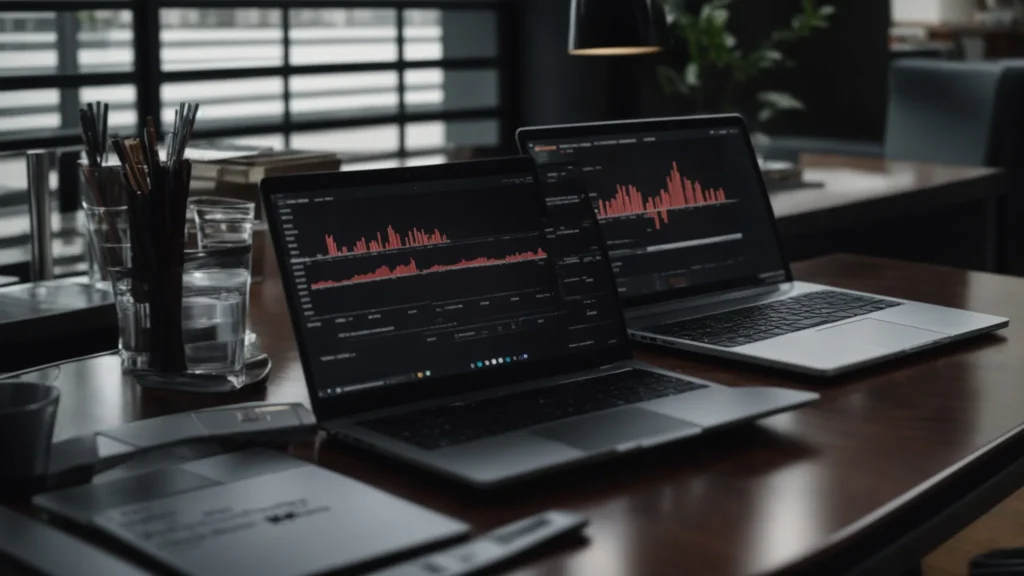What is packaging?

Who works in packaging?

Which machines are commonly used?

- Labeling Machines: Often found in retail, food, industrial, and pharmaceutical packaging plants, these appliances are able to mass-produce coding and labeling for packages and apply them to the actual product.
- Filling Machines: Commonly found in food packaging, these are used to fill containers with grains, beans, liquids and other products.
- Tape Machines: These machines are used in connection with corrugated boxes. They dispense tape in high volumes quickly to close packages.
- Conveyors: The transporters of the packing world, conveyors move materials easily throughout a factory. Some operate without the use of power, relying on gravity or another momentum to propel them, while powered conveyors use electricity to move objects along their intended path.
- Sealers: A staple in the packaging industry, the sealer is used in a variety of flexible packaging. These make sure that the packages are securely closed. Some varieties use heat or adhesive to seal.
- Stretch Wrapping Machines: These are the reinforcers of the industry. They are intended to help keep awkwardly shaped or heavy boxes together during shipping.
- Strapping and Bundling Machines: These are used for large quantity items that are typically stored on pallets.
What are common types of packaging?

- Containers: The holding receptacles that organize and protect goods and materials. There are a number of different types of containers from boxes and bags to barrels and drums.
- Dunnage: This term refers to the materials or objects used to secure items during shipment. Think foam. These are the inserts, packing peanuts, or paper material that come within a container.
- Pallets: The platform of the packaging world, pallets are often made of wood, metal, or plastic. They are made to be easily lifted by a forklift. Materials are placed on the pallet and then loaded for delivery.
- Unitizers: These make many different items into a complete unit. Things like shrink wrap, stretch film, or even tie-downs are considered unitizers.
How does it all come together?

customer, product, brand, tax, recycling, environmentally friendly, manufacturing, supply chain, plastic, retail, sustainability, search engine optimization, sustainable packaging, food packaging, research, vendor, customer experience, target market, clothing, marketing strategy, cosmetics, metal, digital marketing, inventory, expense, innovation, consumer, transport, machine, technology, license, investment, reuse, custom shipping boxes for small business, reusable packaging, lawyer, business card, return on investment, quantity, distribution, wood, digital printing, income, envelope, copyright, magento, business model, medication, target audience, printing, engine, graphics, point of sale, pallet, software as a service, demand, bigcommerce, online and offline, trademark, tissue paper, raw material, brand awareness, waste, social media marketing, social media, juice, price, understanding, regulation, pulp, cardboard box, flexography, asset, bottle, woocommerce, concept, screen printing, lithography, all rights reserved, procurement, vehicle, cost, email marketing, reputation, customer service, scalability, personalization, terms of service, custom packaging for small business, shipping boxes for small business, packaging for small business, custom boxes for small business, custom plastic bags for business, packaging boxes for small business, berlin packaging company, eco friendly packaging for small business, packaging company near me, packaging business, shipping supplies for small business, business packaging, small business packaging supplies, packaging supply stores











